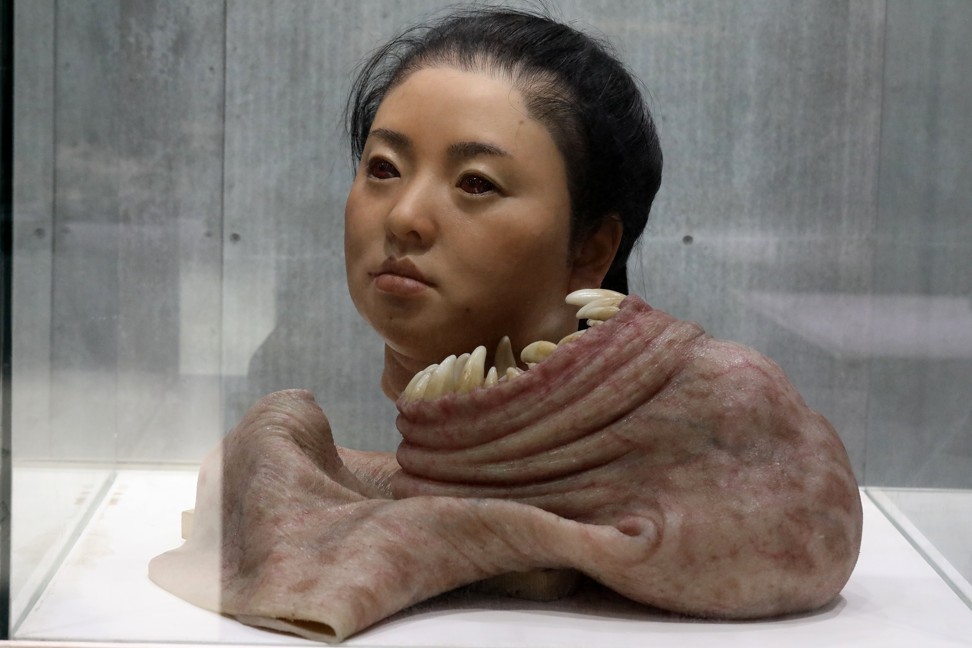
Collected by actors Louis Koo and Huang Xiaoming, action figures based on Chinese movies and anime are hot property
- China’s film merchandise industry is in its infancy, but one growth area is the making of action figures based on characters from animated films such as Nezha
- They compete for fans’ attention with Marvel and DC Comics action figures, and piracy is a problem

Hong Kong film star Louis Koo Tin-lok collects them. So does mainland Chinese counterpart Huang Xiaoming. Shouban – action figures based on film or anime characters – are all the rage in China.
Thanks to the success of Chinese animated feature films such as Nezha , which took 4.8 billion yuan (US$685 million) at the mainland box office, and Monkey King: Hero is Back, which took 960 million yuan in 2015, shouban – which means “companions” in Japanese – have become big business.
According to Chinese media reports, the market for these action figures in China alone is worth an estimated 10 billion yuan, five times that of Japan, where they originated.
Riding on this growth is the Manas Workshop, which launched a crowdfunding drive in August to raise money for the production of merchandise, especially action figures, for Nezha. More than 30,000 people have pledged a total of 15 million yuan for the venture. Manas Workshop expects to release the products for sale next year.

Commercial interests aside, Manas Workshop founder Kan Siji says part of his company’s mission is to promote Chinese culture. “Our works mostly are about Chinese traditional culture, such as the figure of Feilian,” Kan says. In the Shan Hai Jing, or Classic of Mountains and Seas, a compilation of mythic beasts, Feilian is a creature with the body and legs of a deer, the head of a bird, bull’s horns, a serpent’s tail and the markings of a leopard.
“We need to build up our confidence in China’s traditional culture and arouse young people’s interest in it. Nezha, a film based on a traditional Chinese figure, took nearly 5 billion yuan at the domestic box office. That compares well with Disney productions. It shows [China’s] cultural confidence.”
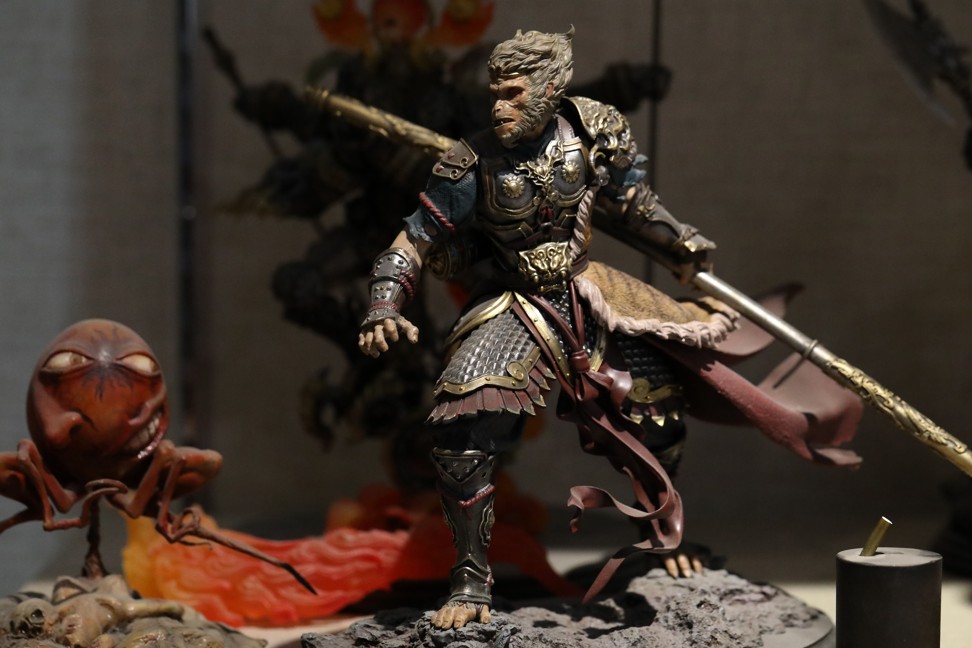
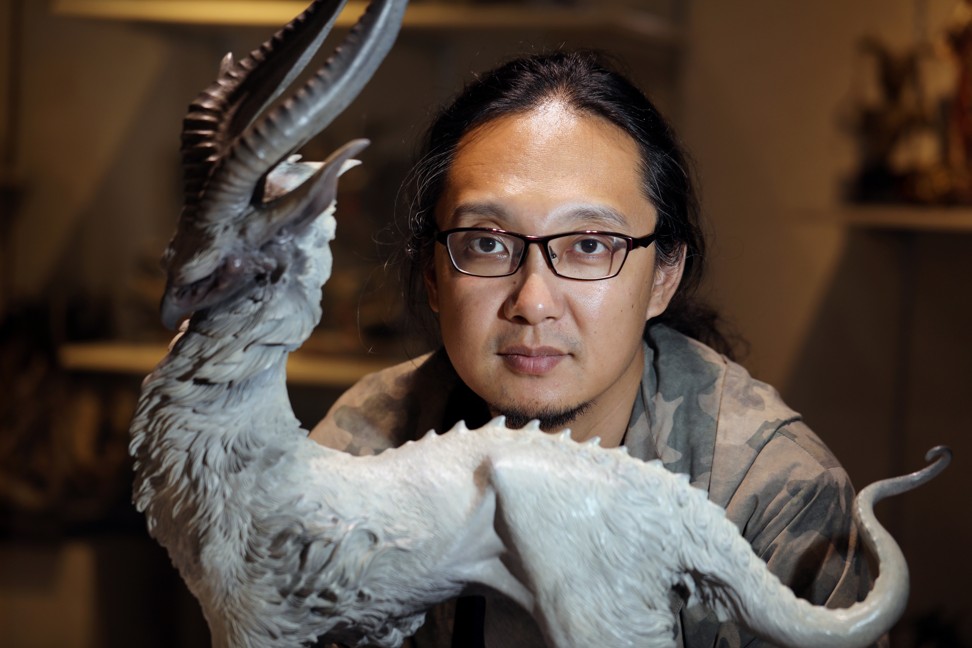
Set up in 2010, Manas Workshop is a major producer of action figures in China. The company grew from a staff of four to more than 60 today, of which over half are designers.
It secured a licence to make action figures for Chinese animated productions including Monkey King: Hero is Back, Big Fish Begonia (2016), Mojin-The Lost Legend (2016) and Dahufa (2017), as well as for video games including Tencent’s Asura – the company’s first commercial commission from the internet giant in 2013.
Manas Workshop opened a museum in Beijing 798’s Art District in August and has set up offices in Tokyo and Los Angeles for collaborations with overseas action figure designers. Kan says the company has raised tens of millions of yuan in capital. “[That’s a far cry] from when we first started. We didn’t have any customers then.”
China’s entertainment merchandise industry lags behind that of America and Japan in terms of scale and quality. But it’s fast catching up. Organised by us, the annual Wonder Festival held in Shanghai attracted scores of people
The company’s figures are made of materials including resin and metal. A tailor-made figure can fetch more than 400,000 yuan. Like limited-edition sports shoes, collecting action figures is a favourite pastime among wealthy Chinese teenagers – although those from Western titles are probably more popular.
Celebrities are known to have commissioned life-size shouban to decorate their homes. Koo is known for his collection of life-size models of Marvel and DC Comics characters including Ironman and Batman. He reportedly spent HK$6 million (US$766,000) to buy a 1,000 square metre (10,750 sq ft) warehouse in Sha Tin to store his more than 1,000 figures.
When a TV crew visited actor Huang’s Beijing office last year, Marvel and DC Comics figures lined its walls.
Xu Zhelong, founder of CG Magicstone Images, which does computer graphics design for anime and films, says celebrity agencies commissioned his company to make action figures for the collections of famous clients.
“We worked with Manas Workshop and other companies to turn our designs into action figures,” he says.

“China’s entertainment merchandise industry lags behind that of America and Japan in terms of scale and quality. But it’s fast catching up. Organised by us, the annual Wonder Festival held in Shanghai attracted scores of people.”
Founded in 1984 in Japan, the Wonder Festival is the biggest event of its kind for makers of action figures, but last year, it was held outside Japan for the first time in Shanghai, China.
Xu adds: “As there are more and more people interested in the industry, we launched a free online course in 2013 for people to learn CG techniques. We want to nurture more talent for the industry.”
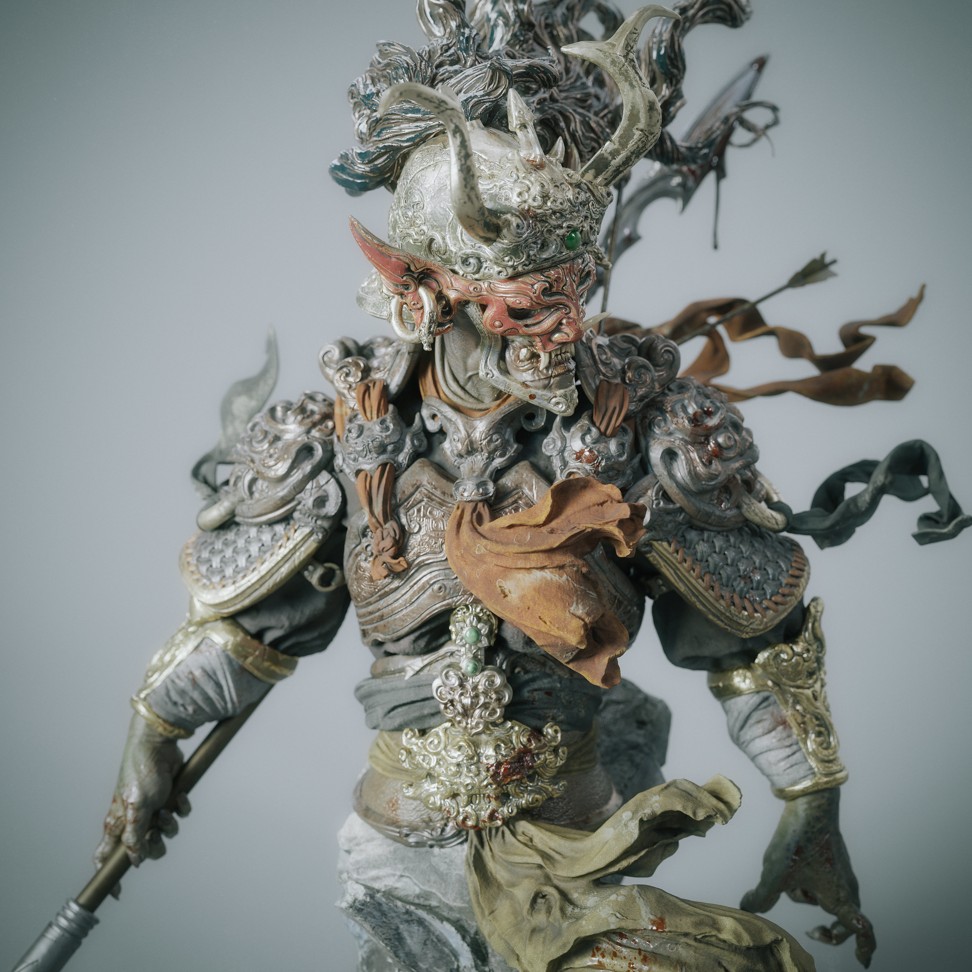
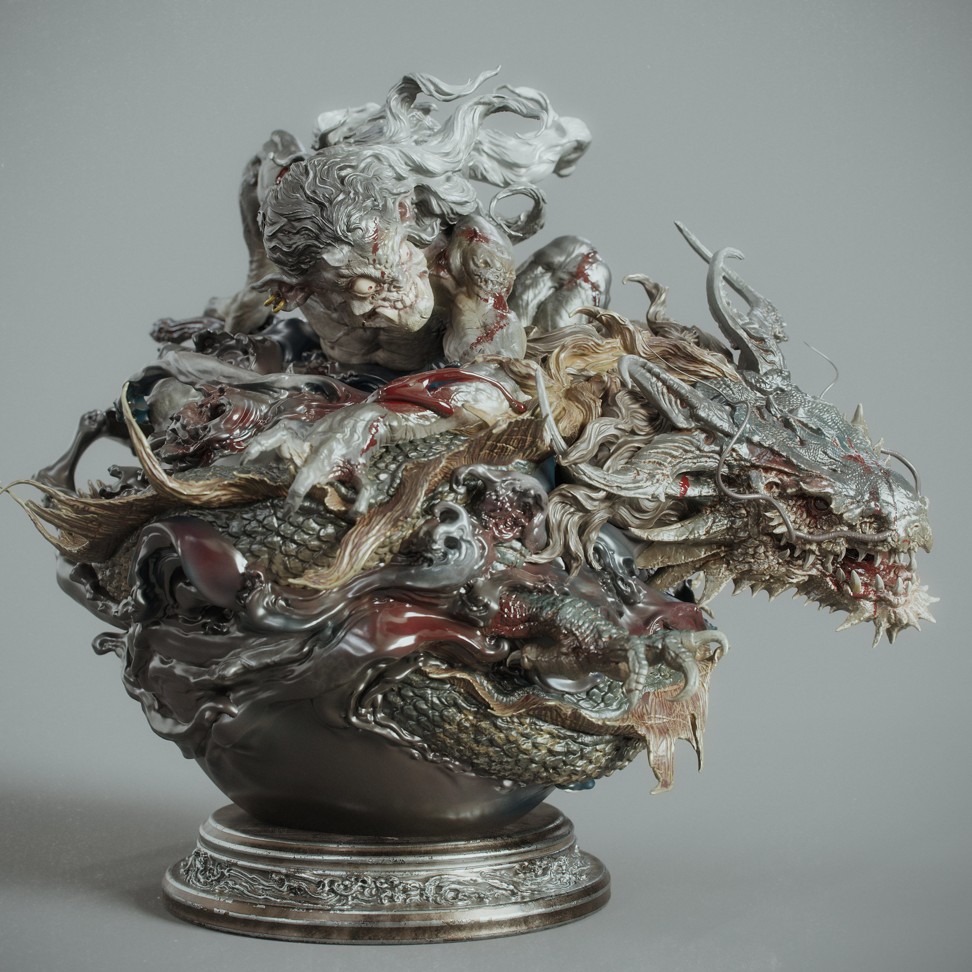
The expanding Chinese film market – currently the second-largest in the world after that of the United States – is expected to fuel demand for such action figures.
According to website xiancn.com, 90 per cent of film production revenue comes from box office takings and advertising, with only 10 per cent from merchandise.
Chen Wei, co-founder of 52Toys, says entertainment merchandising in China is in its nascent stage.
The Beijing-based toy manufacturer has licensing deals covering around 60 Chinese and overseas film and video franchises, including Marvel’s The Avengers , 20th Century Fox’s The Predator, Tencent’s hit video game King of Glory and Chinese animation The Legend of Luo Xiaohei.
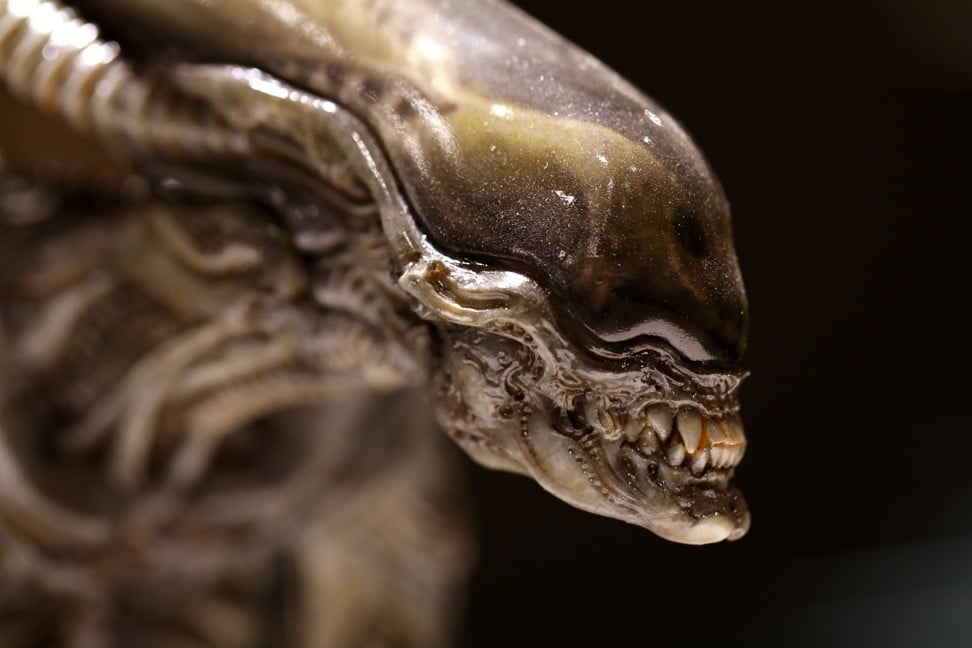
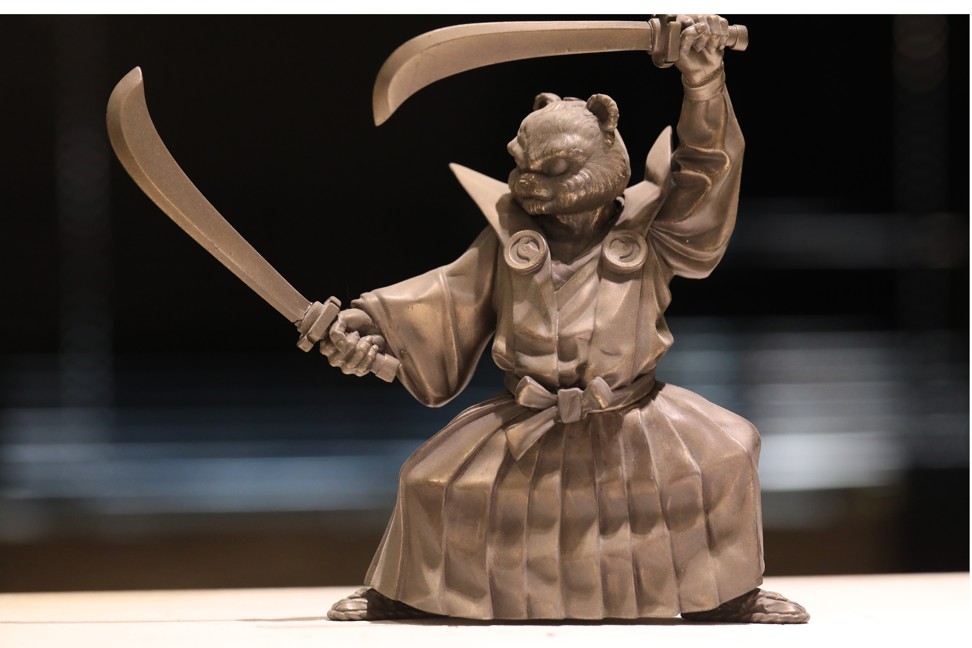
“[Japanese franchise] Dragon Ball has been there since our childhood. Marvel has just celebrated its 80th anniversary. Disney celebrated its 90th anniversary last year. That’s why 70 per cent of the revenue of Hollywood [film] productions comes from merchandise,” Chen says.
“Their merchandise industry is very mature. They also have many blockbusters like The Avengers every year, whereas in China, home-grown movie blockbusters such as The Wandering Earth and Nezha are few and far between.”
Kan of Manas Workshop says the Chinese action figure business has to deal with widespread piracy. “I am suing intellectual property infringers ... The compensation I can get from courts is not enough to cover my legal fees.”
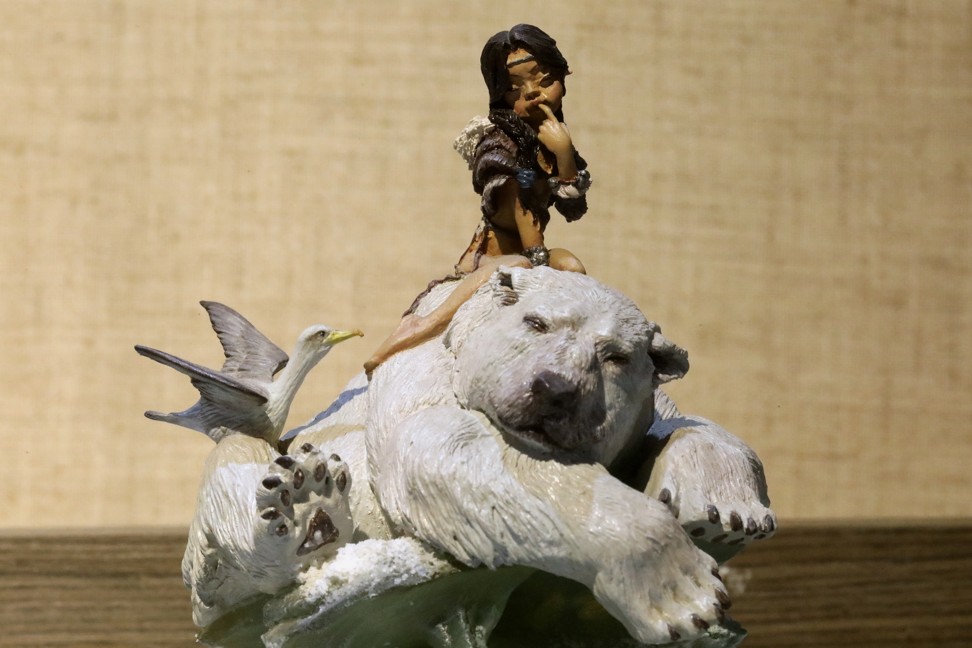
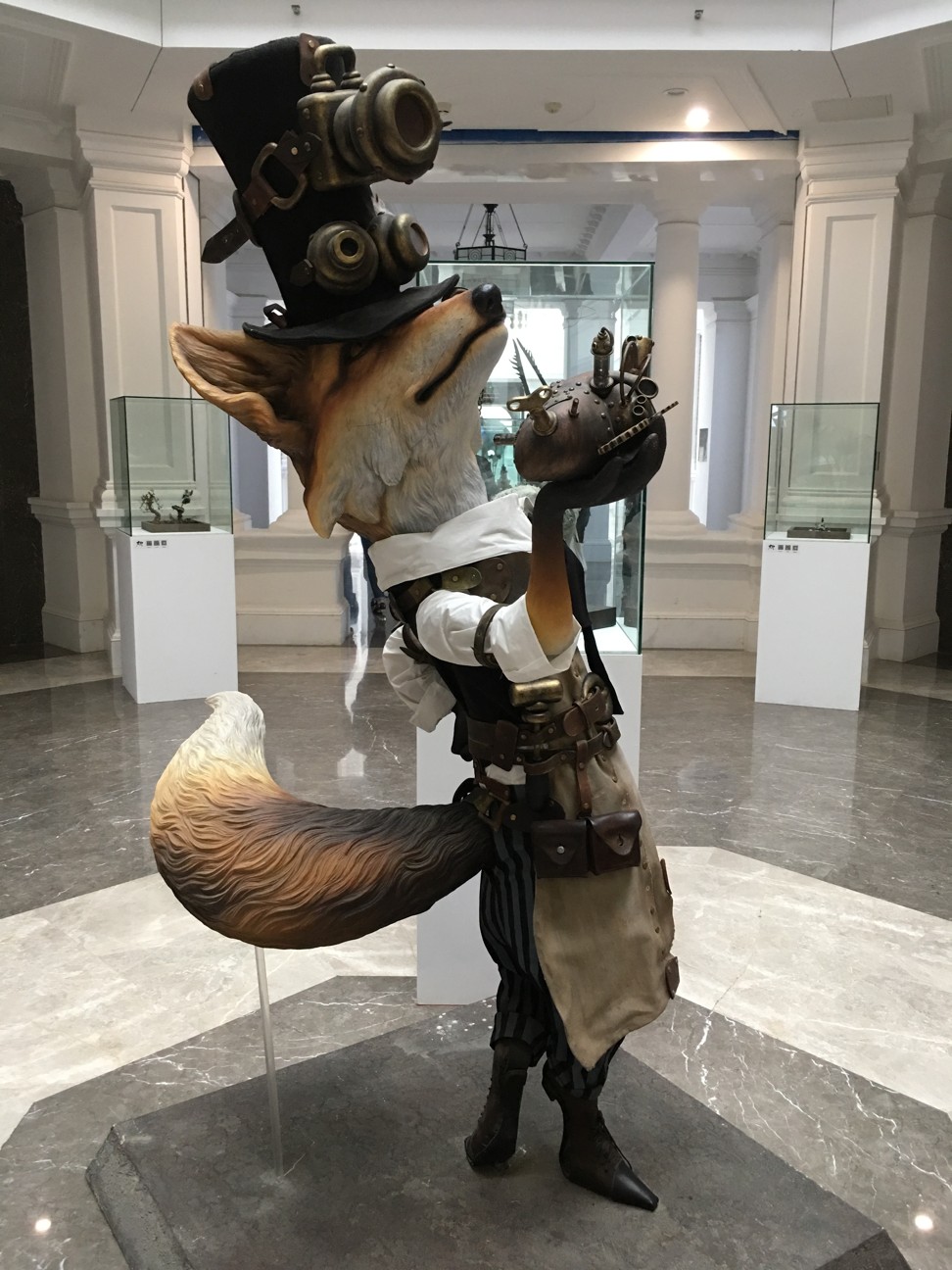
Because the film and video merchandise market is immature and capital scarce, it is a standard practice for merchandise producers to turn to crowdfunding. According to Chinese media reports, the producers of sci-fi blockbuster The Wandering Earth raised more than 7 million yuan to fund the production of merchandise earlier this year.
Chen says the best time to sell merchandise is right before the release of a new instalment of a hit movie franchise.
“We are very familiar with the animators who made Nezha. If they launch a sequel, launching [action figures] right before its release will not only help promote the movie, it also satisfies the cravings of its core fan base, who will certainly lap up [these products] in droves,” he says.